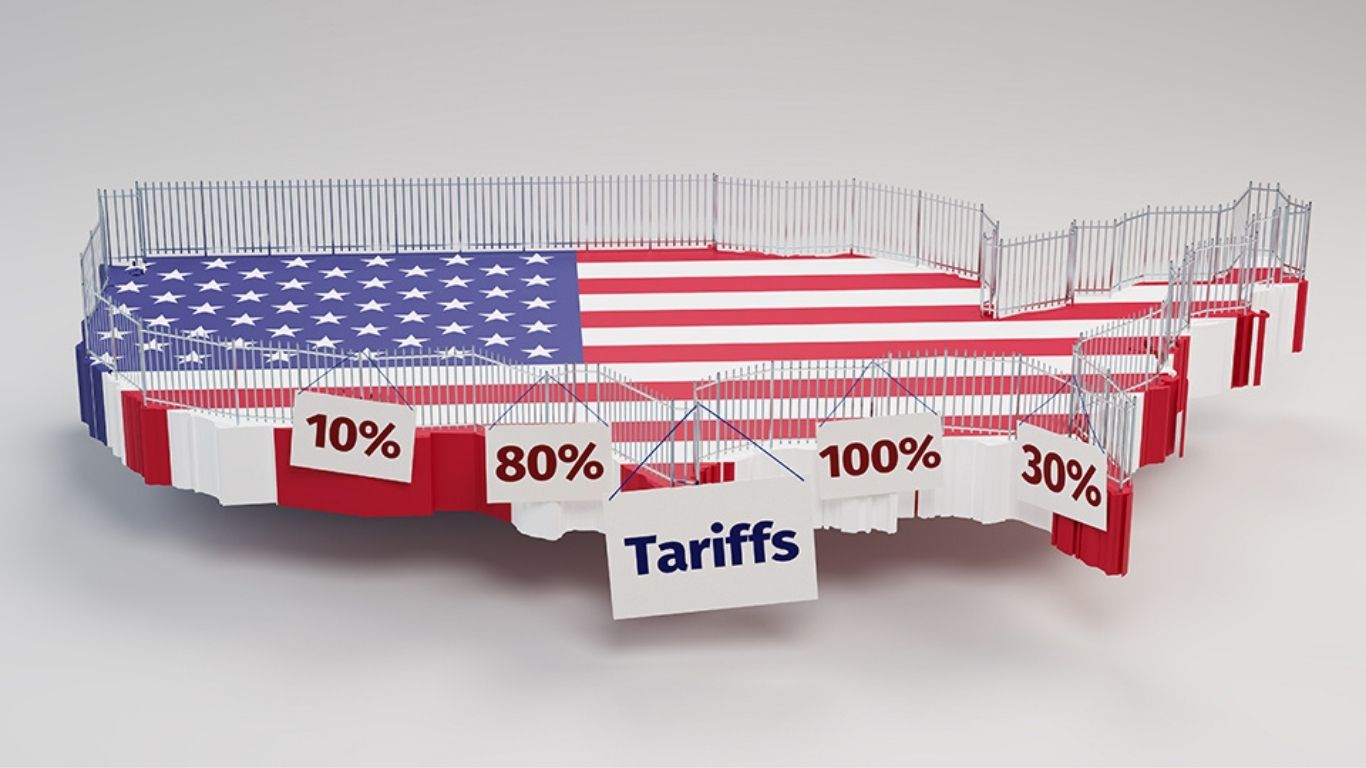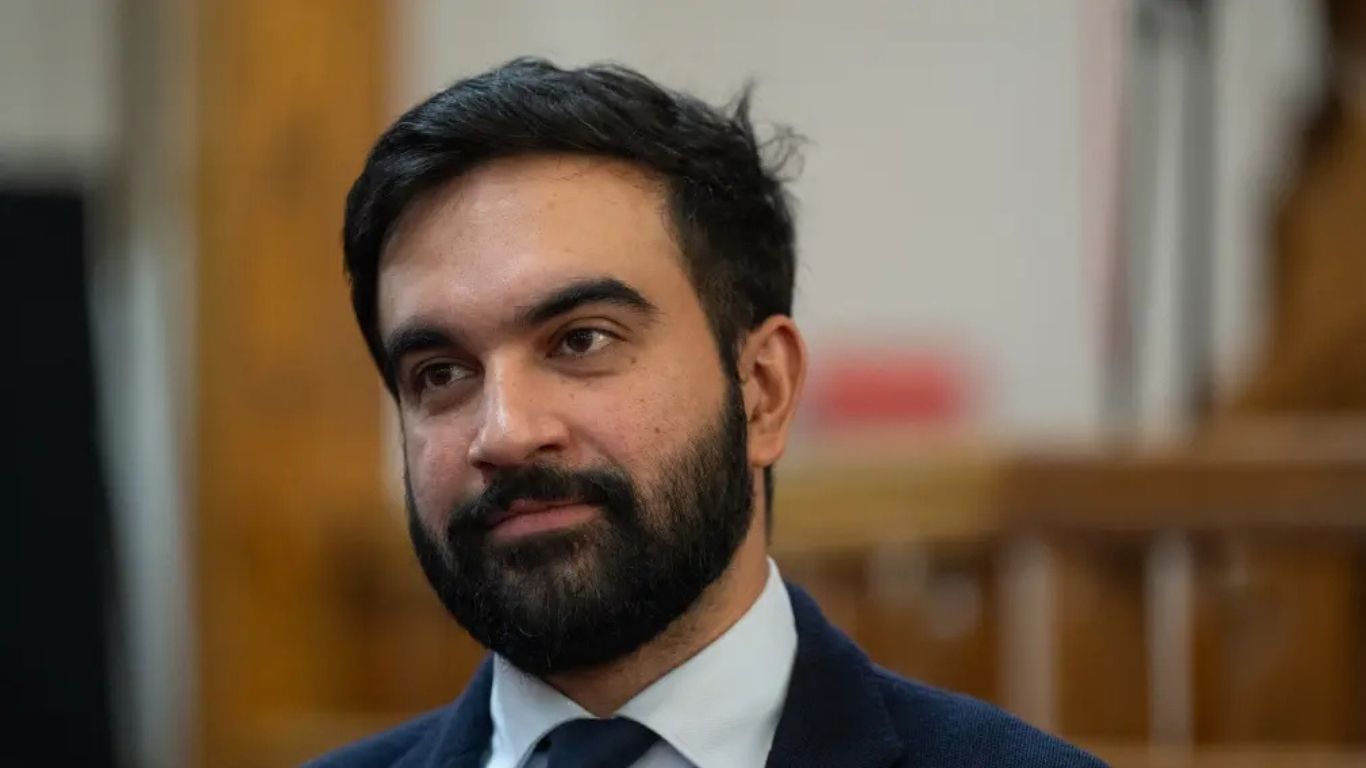The Economy Isn’t Falling—It’s Being Pushed
For years, America’s economic engine roared like a well-oiled machine. But now? The gears are grinding. Layoffs are rising, hiring is slowing, consumer confidence is sinking, and inflation is back for another round.
Sure, some of this would’ve happened no matter who sat in the Oval Office. But let’s not kid ourselves—Trump’s economic policies have turned what could’ve been a manageable slowdown into a chaotic mess. His trade wars, immigration crackdowns, and gutting of federal programs have thrown a wrench into the system, and the consequences are starting to hit home.
Tariff Roulette: Businesses Can’t Plan When the Rules Keep Changing
One day, tariffs are on. The next, they’re off. Then they’re back on—but only for some products. Trump’s unpredictable trade policies have left businesses confused and investors rattled.
“Uncertainty about tariffs could lead businesses to slow their hiring,” warns Gus Faucher, chief economist at PNC. And he’s right. Corporations hate instability more than anything, and when the rules keep changing, they pull back—on hiring, on investment, and on expansion.
Meanwhile, the price hikes from these tariffs are hitting American consumers right where it hurts: their wallets. Inflation is already creeping up, and additional trade restrictions will only make things worse.
Slashing Immigration: A Self-Inflicted Wound
Then there’s Trump’s war on immigration. Agriculture, construction, healthcare—industries that desperately need workers are being gutted by immigration crackdowns. It’s an odd strategy, really. If you want an economy to thrive, you don’t strangle the very workforce that keeps it running.
Without enough workers, production slows, businesses struggle, and consumers end up paying more. It’s basic economics, yet somehow, this administration continues to act surprised when labor shortages lead to rising costs.
Federal Job Cuts: Who’s Really Paying the Price?
When Trump slashes government spending, it’s not just bureaucrats in Washington who feel the burn. It’s communities across the country. Federal workers are losing jobs, and as they tighten their belts, local businesses suffer.
“Federal government job losses could be larger than expected,” Faucher notes. “And laid-off workers could pull back on their spending, leading to slower job growth in other industries.”
Translation? Fewer paychecks mean fewer dollars circulating in the economy. It’s a domino effect, and right now, we’re watching it unfold in real time.
Wall Street’s Not Fooled—And Neither Are Consumers
Stock markets aren’t the economy, but they do tell us something about investor confidence. And right now, that confidence is cracking.
The Dow is down. The Nasdaq is flirting with correction territory. The S&P 500 has fallen roughly 3% since Trump took office. Even the president—who once loved to take credit for stock market highs—is suspiciously silent these days.
Meanwhile, everyday Americans are tightening their belts. Consumer spending dropped in January—the steepest decline since the pandemic. Target and Walmart both reported that customers are spending less, with inflation and tariffs eating into their budgets.
Recession? It’s Not a Matter of If, But When
A Federal Reserve model suggests the U.S. economy could shrink by nearly 3% this quarter. That’s not just a “little disturbance,” as Trump put it. That’s a serious contraction—one we haven’t seen since 2022.
Layoffs are mounting, especially in the private sector. And it’s not just small businesses feeling the squeeze—major corporations are cutting jobs at a rate not seen since the Great Recession.
For all Trump’s talk of “winning,” the numbers tell a different story.
The Silver Lining—If You Squint Hard Enough
Of course, the economy isn’t in full collapse (yet). America is still an economic powerhouse, and compared to struggling nations like Germany, we’re in better shape. But that’s a low bar.
Some of Trump’s policies—like deregulation and tax cuts—have been welcomed by businesses. The problem is that his unpredictable leadership cancels out the benefits. Investors need stability, not policy-by-tweet decision-making.
Even Federal Reserve Chair Jerome Powell isn’t panicking—yet. He argues that consumer spending has remained strong despite uncertainty in the past. But how long can that last?
Final Thought: The Economy Doesn’t Break Overnight—But It’s Breaking
An economic slowdown was inevitable. But Trump’s policies have accelerated the process, deepened the cracks, and made recovery harder.
What happens next depends on whether policymakers step in—or if they let the damage continue unchecked. One thing’s for sure: When the dust settles, the people who suffer the most won’t be the billionaires in boardrooms. It’ll be the workers, the families, and the small businesses—the very people Trump once claimed to fight for.




